Detailed Introduction to ABB PCS6000 Product Family
1. Product Description
The ABB PCS6000 Product Family is a comprehensive range of advanced power conversion and control systems, specifically engineered for renewable energy and industrial power applications. As a flagship product line under ABB’s Power Grids division, it integrates cutting-edge power electronics, intelligent control algorithms, and modular design to deliver efficient, reliable, and flexible power conversion solutions. The family serves as a critical interface between renewable energy sources (such as solar, wind) and the electrical grid, as well as between industrial power systems and critical loads, enabling seamless power flow management, grid stabilization, and energy optimization. With a focus on sustainability and performance, the PCS6000 series supports the global transition to clean energy and enhances the efficiency of industrial power networks.
2. Product Parameters
2.1 Electrical Parameters
- Power Rating Range: Covers a wide power spectrum from 500kW to 10MW per unit, with scalable configurations allowing multi – unit parallel operation to reach gigawatt – level capacity. This broad range caters to both small – scale distributed generation and large – scale utility – scale renewable energy plants.
- Voltage Levels: Supports multiple AC voltage levels, including 400V, 690V, 10kV, and 35kV, compatible with low – voltage industrial networks and medium – voltage grid connections. DC voltage inputs are flexible, ranging from 600V to 1500V, adapting to various renewable energy generator outputs and energy storage system requirements.
- Efficiency: Boasts industry – leading conversion efficiency, with typical AC – DC/DC – AC efficiency exceeding 97% under full load and maintaining high efficiency (>95%) even at partial loads (down to 20% of rated capacity), minimizing energy losses in power conversion processes.
- Power Quality: Features low total harmonic distortion (THD < 3% for current, < 1% for voltage) and high power factor (>0.99 leading/lagging), ensuring compliance with strict grid codes and standards (e.g., IEEE 1547, IEC 61000 – 3 – 2) to avoid grid pollution and stabilize voltage/frequency.
2.2 Control and Communication Parameters
- Control Response Time: Equipped with high – speed digital signal processors (DSPs) and field – programmable gate arrays (FPGAs), enabling real – time control with a response time of less than 100μs for grid faults and transient events, ensuring system stability during disturbances.
- Communication Protocols: Supports a comprehensive set of industrial communication protocols, including IEC 61850 (for substation automation), Modbus TCP/IP, Profibus DP, and OPC UA. Integrated Ethernet ports (Gigabit) and fiber – optic interfaces facilitate remote monitoring, control, and data analytics via ABB’s Ability™ platform.
- Grid Support Functions: Incorporates advanced grid support features such as low – voltage ride – through (LVRT), high – voltage ride – through (HVRT), reactive power compensation, and frequency regulation, enabling seamless integration with weak grids and enhancing grid resilience.
2.3 Environmental Parameters
- Operating Temperature Range: Designed to operate reliably in harsh environmental conditions, with a temperature range of – 25°C to +55°C for standard models and – 40°C to +70°C for extended – temperature variants, suitable for deployment in desert, coastal, and cold – climate regions.
- Protection Ratings: Enclosures meet IP54/IP55 standards for dust and water resistance, with optional IP65 configurations for extreme outdoor environments. Internal components are protected against corrosion, vibration (IEC 60068 – 2 – 6), and shock (IEC 60068 – 2 – 27), ensuring long – term reliability in industrial and renewable energy installations.
3. Product Specifications
3.1 Physical and Mechanical Specifications
- Modular Design: Utilizes a modular architecture with standardized power modules (250kW – 2MW each) and control cabinets, allowing flexible configuration based on project requirements. Typical dimensions of a single power module range from 1200mm (height) × 800mm (width) × 600mm (depth), with cabinet – based systems scaled according to power rating.
- Weight: Individual power modules weigh between 200kg and 800kg, depending on power rating, while complete systems (including transformers and control cabinets) range from 1.5 tons to 10 tons, facilitating transportation and on – site installation with standard lifting equipment.
- Cooling Systems: Offers multiple cooling options, including forced air cooling for low – power models and liquid cooling (water/glycol) for high – power configurations, ensuring efficient heat dissipation even in high – temperature environments and maintaining optimal operating temperatures.
3.2 Safety and Compliance
- Safety Certifications: Complies with global safety standards, including IEC 61800, UL 1741, CSA C22.2 No. 107.1, and CE marking, ensuring safe operation in both industrial and utility applications. Integrated safety features include overcurrent protection, overvoltage protection, short – circuit protection, and earth fault detection.
- EMC Compliance: Meets electromagnetic compatibility (EMC) standards such as IEC 61000 – 6 – 2 (industrial environments) and IEC 61000 – 6 – 4 (emission), minimizing electromagnetic interference with nearby equipment and ensuring reliable operation in sensitive environments.
4. Product Series and Features
4.1 Product Series Overview
The PCS6000 Product Family encompasses several specialized sub – series tailored to specific applications:
- PCS6000 Solar Inverters: Optimized for utility – scale and commercial solar photovoltaic (PV) plants, available in central inverter and string inverter configurations with integrated maximum power point tracking (MPPT) for enhanced energy harvest.
- PCS6000 Wind Converters: Designed for wind turbine applications, converting variable – speed generator output to stable grid – compatible AC power, with features such as pitch control integration and turbine synchronization.
- PCS6000 Energy Storage Systems (ESS): Specialized for battery energy storage, supporting bidirectional power flow (charging/discharging) and grid services such as peak shaving, load shifting, and backup power.
- PCS6000 Industrial Converters: Used in industrial applications, including motor drives, UPS systems, and microgrid controllers, providing stable power conversion for critical industrial processes.
4.2 Key Features
- Modular and Scalable Architecture: Allows easy capacity expansion by adding power modules, reducing upfront investment and enabling phased project deployment. Modular design also simplifies maintenance, as faulty modules can be replaced without system shutdown.
- Intelligent Grid Integration: Equipped with ABB’s advanced grid – forming and grid – following control algorithms, enabling seamless integration with both centralized grids and microgrids, supporting islanded operation and black start capabilities.
- Advanced Monitoring and Diagnostics: Integrated with ABB Ability™ digital platform, providing real – time performance monitoring, predictive maintenance alerts, and data analytics. Features include thermal imaging, voltage/current waveform analysis, and efficiency tracking to optimize system performance.
- Robust Reliability: Built with high – quality components (e.g., silicon carbide (SiC) semiconductors in premium models) and redundant design elements (dual cooling systems, backup controllers), ensuring high availability (>99.9%) and long service life (25+ years for solar/wind applications).
- Cybersecurity: Implements multi – layer cybersecurity measures, including secure communication protocols, access control, and firmware encryption, complying with IEC 62443 standards to protect against cyber threats in connected energy systems.
5. Functions, Uses and Application Fields
5.1 Core Functions
- Power Conversion: Converts DC power from renewable sources (solar PV, wind turbines) or batteries into stable AC power compatible with the electrical grid, and vice versa for energy storage systems, enabling efficient energy transfer between sources and loads.
- Grid Stabilization: Provides active and reactive power control to regulate grid voltage and frequency, supporting grid stability during fluctuations caused by variable renewable energy generation or load changes.
- Energy Management: Optimizes energy flow in microgrids and industrial systems, balancing generation and consumption, and enabling participation in energy markets through demand response and ancillary services.
- Protection and Safety: Monitors system parameters in real – time, activating protective measures (e.g., circuit breaking, isolation) during faults to prevent equipment damage and ensure operator safety.
5.2 Primary Uses
- Renewable Energy Integration: Converts and conditions power from solar farms and wind parks for grid connection, maximizing energy yield through advanced MPPT and efficiency optimization.
- Energy Storage Utilization: Manages battery charging and discharging in energy storage systems, providing grid services, backup power, and optimizing energy use in commercial/industrial facilities.
- Microgrid Control: Acts as a central controller in microgrids, coordinating distributed energy resources (DERs), storage systems, and loads to ensure stable and efficient operation, whether connected to the main grid or in island mode.
- Industrial Power Quality Improvement: Enhances power quality in industrial plants by reducing harmonics, stabilizing voltage, and providing uninterrupted power supply for sensitive equipment such as manufacturing robots and precision machinery.
5.3 Application Fields
- Utility – Scale Renewable Energy: Dominantly used in large – scale solar PV plants (GW – level) and onshore/offshore wind farms, converting renewable energy to grid power and supporting global decarbonization goals.
- Commercial and Industrial (C&I) Energy Solutions: Deployed in C&I solar installations, rooftop PV systems, and backup power systems for factories, data centers, and commercial buildings, reducing energy costs and carbon footprint.
- Energy Storage Systems: Integral to utility – scale and C&I energy storage projects, enabling renewable energy time shifting, frequency regulation, and grid support services.
- Microgrids and Remote Power: Used in remote communities, mining sites, and military bases to build self – sufficient microgrids, combining renewable sources, storage, and backup generators for reliable off – grid power.
- Industrial Automation: Applied in manufacturing plants, chemical facilities, and oil refineries to power critical equipment, ensuring stable operation of industrial processes and reducing downtime caused by power disturbances.



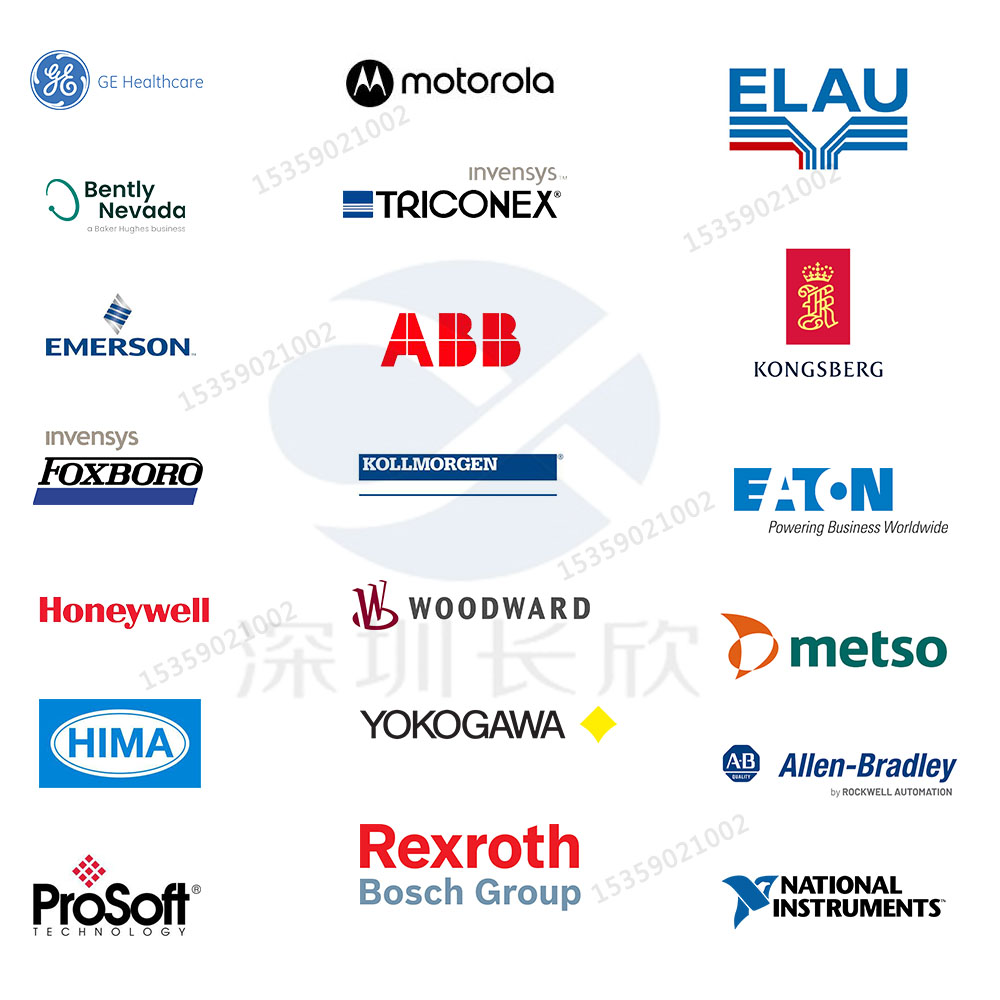
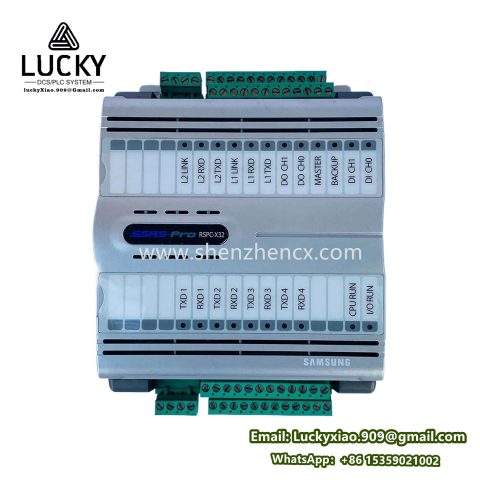
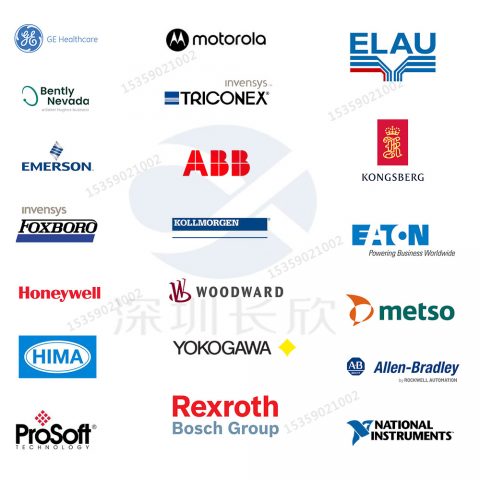
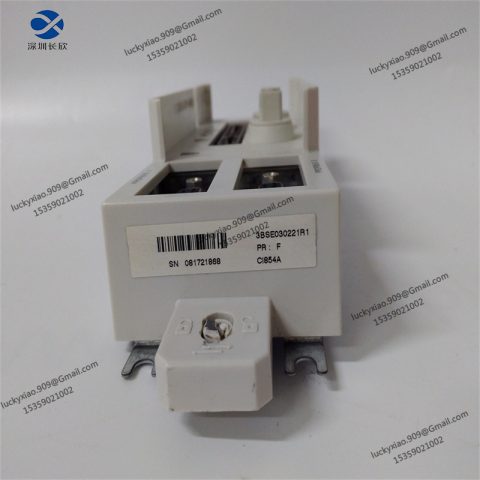
-480x480.jpg)

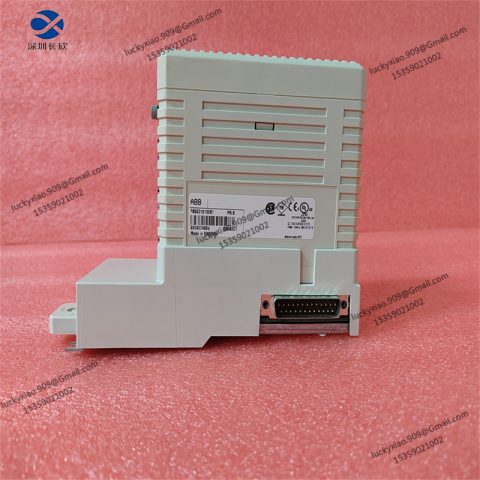
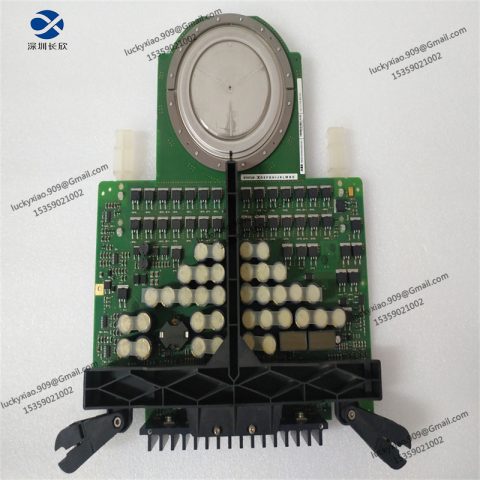
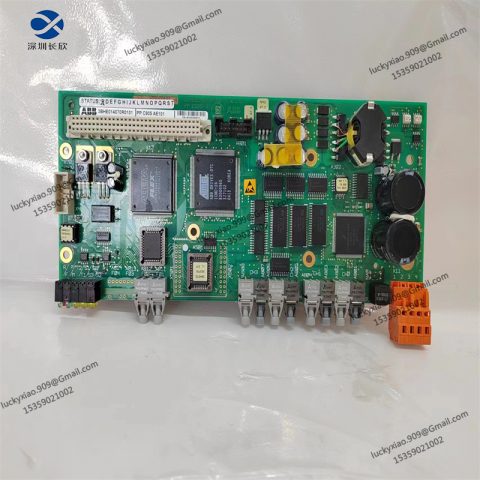
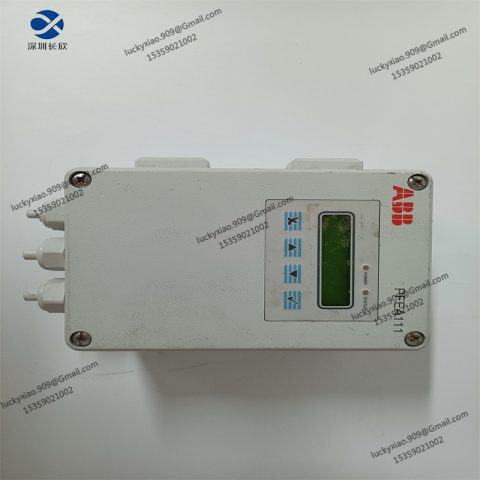

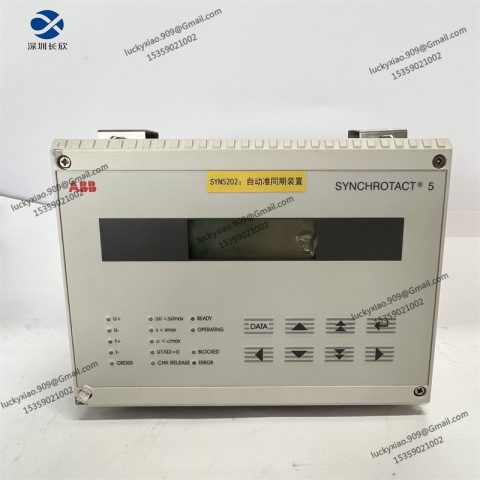
There are no reviews yet.